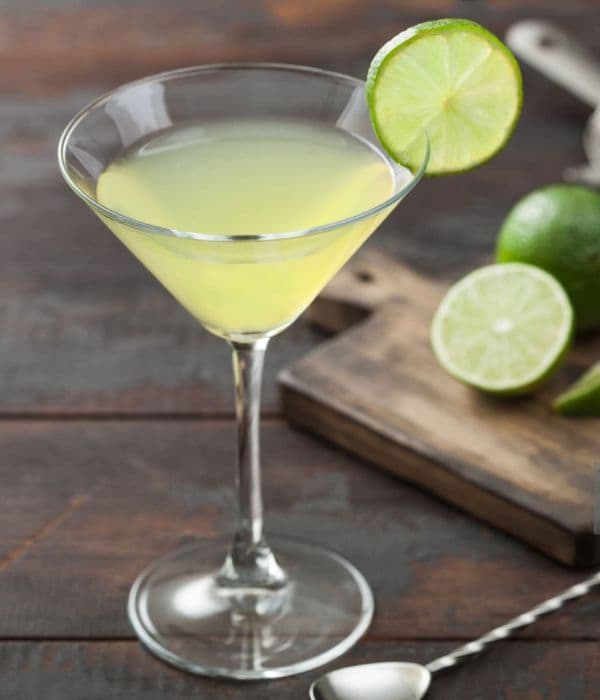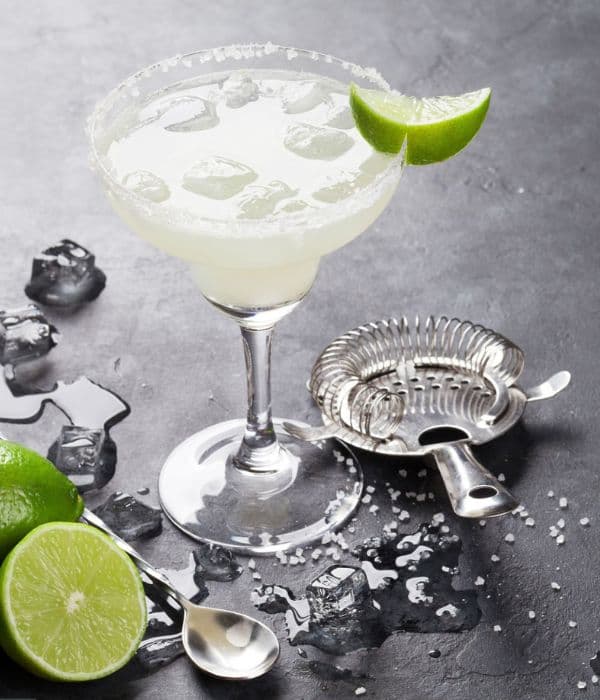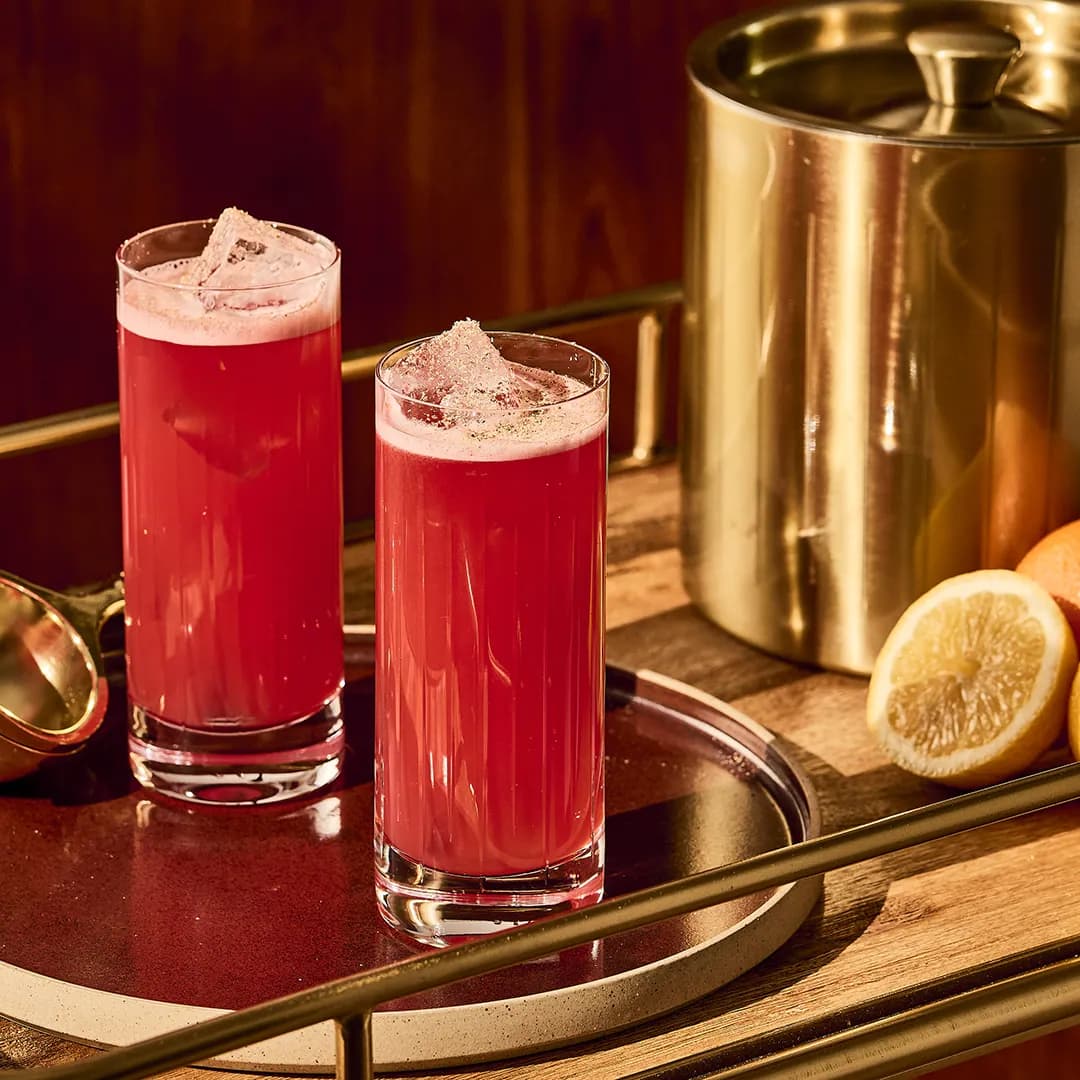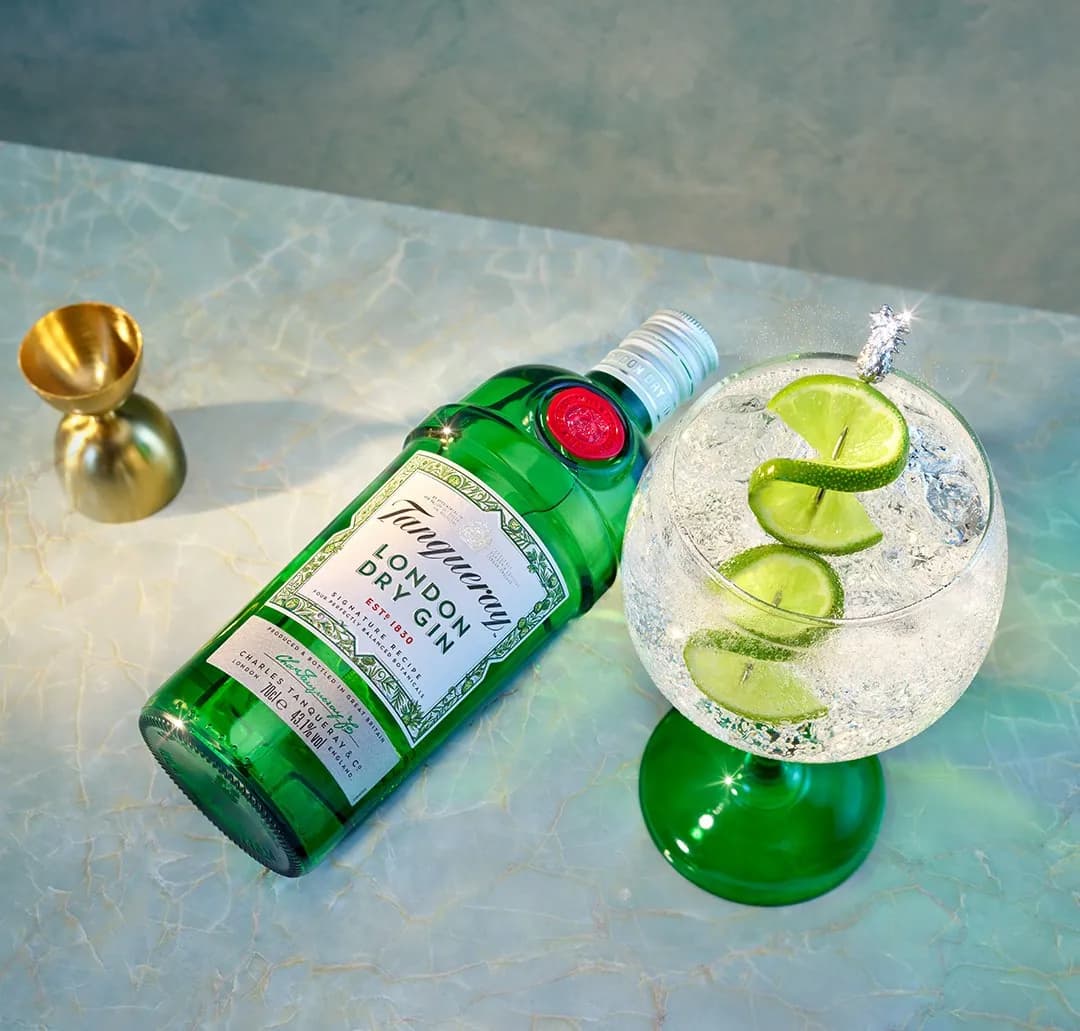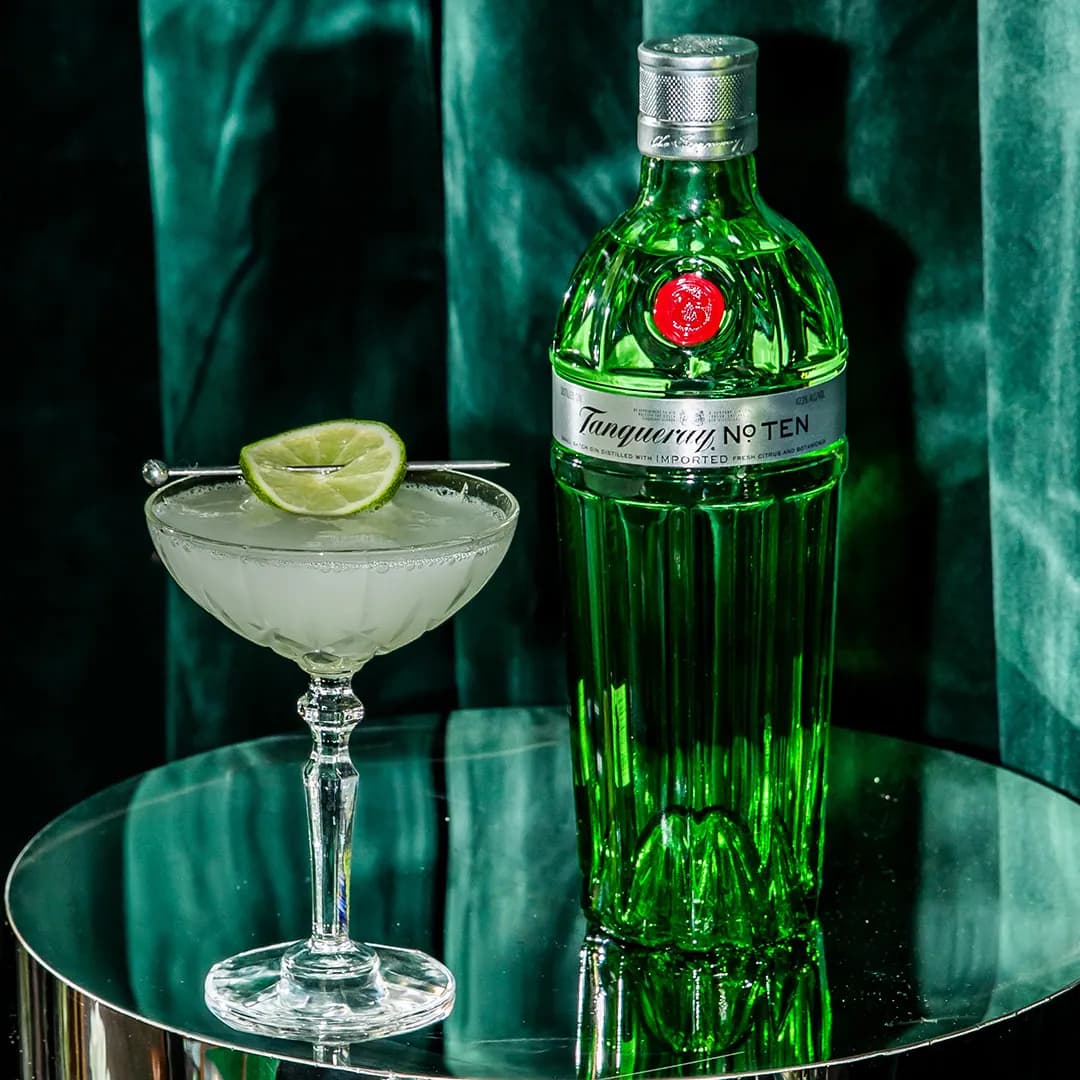Gimlet Cocktail
The gimlet cocktail is frequently discussed for its simplicity, balance and structure - making it a consistent choice in both classic and modern cocktail menus. Relevant to those who prefer minimal yet defined flavour profiles, it is known for its precision and includes various elements that help maintain its essence and straightforward character. The cocktail pairs well with foods that have bright, zesty or mildly herbaceous flavour profiles, which amplify its taste.
Ingredients
Serves1- Check off ingredients
- 30mL Tanqueray No 10 London dry gin (or any other gin of choice)
- 15mL fresh lime juice
- 10mL lime cordial
- Ice cubes
- for garnish Lime wheel
Method
- Step 1
Add the gin, fresh lime juice and cordial into a cocktail shaker filled with ice cubes.
- Step 2
Shake the mixture well until chilled and properly blended.
- Step 3
Strain into a chilled coupe or martini cocktail glass and garnish with a lime wheel placed neatly on the rim.
Tips & Suggestions
Frequently Asked Questions
Can vodka be used instead of gin in a gimlet cocktail?
Does shaking versus stirring affect the gimlet cocktail?
Why is the gimlet cocktail often linked with classic mixology?
You may also love these
Rate This Cocktail
If you love this recipe then tab a star to rate it.

